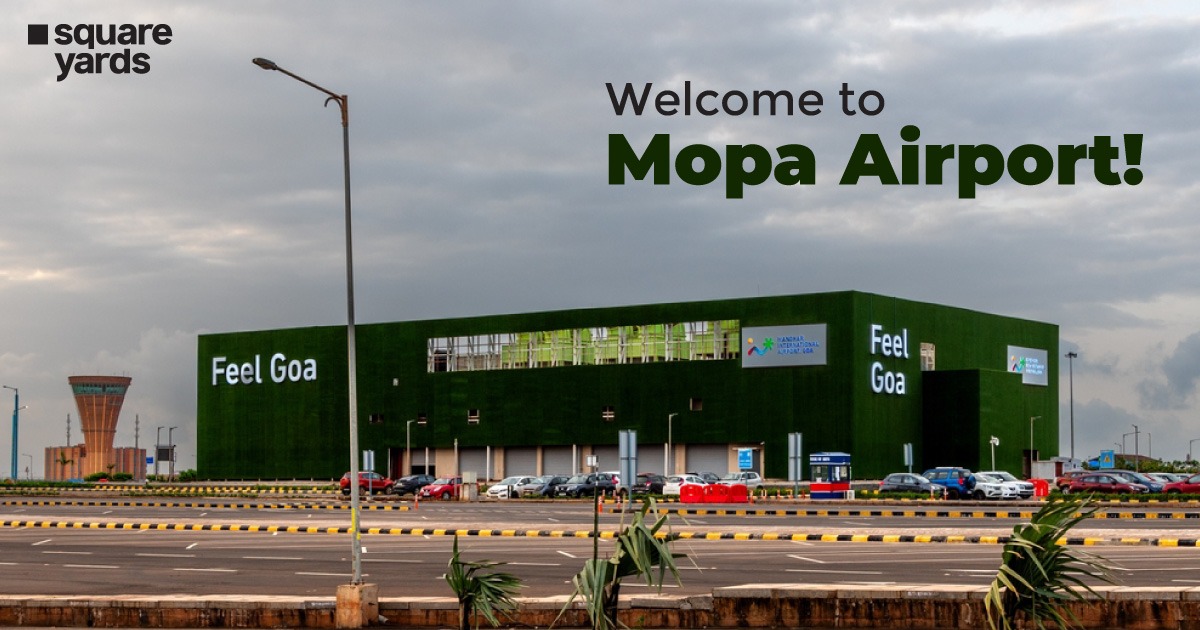Knight Frank Report: Infrastructure Investment Vital for India’s Economic Growth
India is poised to achieve a substantial GDP size of USD 7 trillion by 2030, necessitating an estimated investment of USD 2.2 trillion in infrastructure development, according to a report by Knight Frank. To attain this target, India’s economy needs to grow at a Compound Annual Growth Rate (CAGR) of 10.1% between 2024 and 2030.
The current heavy reliance of the central and state governments on infrastructure investments could strain fiscal deficit targets. Private participation in infrastructure development has decreased significantly, from USD 160 billion (46.4% of total investments) between 2009 and 2013, to USD 39.2 billion (7.2% of total investments) between 2019 and 2023. This shift towards higher government-led investments may potentially widen the fiscal deficit. It is essential to maintain a controlled fiscal deficit for long-term economic stability and effective debt management.
Private Sector Participation: a Balancing Act
The central government aims to reduce its gross fiscal deficit to below 4.5% by 2025. Increasing private sector participation in infrastructure development will greatly assist in maintaining fiscal deficit targets. By encouraging private investments, the government can redirect expenditure towards other critical segments of economic growth, such as public healthcare, strengthening human capital, and debt payments.
Furthermore, significant investment opportunities in infrastructure development for private participation in India range between USD 103.2 billion to USD 324 billion. Various sectors such as renewable energy, data centers, roads and highways, warehousing and logistics hold significant potential for attracting private investments. Additionally, sectors like urban mass transit, airports, and power distribution present enormous investment opportunities supported by rapid urbanization and shifting demographics in India.
Addressing Urbanization Challenges
India is experiencing one of the fastest paces of urbanization globally, with a 14% population growth in urban areas between 2013 and 2023, as compared to the global average of 8.4%. The rapid urbanization has led to congestion and pollution, making it necessary to enhance mass transport infrastructure. Adequate measures such as metro rails, high-speed rails, and electric buses need to be developed to provide a robust public transport network with last-mile connectivity. These initiatives can reduce carbon emissions and help achieve India’s net-zero target by 2070.
Currently, operational metro rail spans 848 kilometers in the top eight cities of India. However, the proportion of metro rail to metropolitan area measures only 0.03, which falls below the Asia average of 0.25. While Delhi boasts a metro connectivity on par with global standards, other cities such as Gurgaon, Bengaluru, and Hyderabad require similar development.
Challenges for Private Sector Participation
The involvement of the private sector in India’s infrastructure development is currently inadequate. From 2009 to 2013, public-private partnership (PPP) models generated significant interest among private participants in this domain. However, post that period, private players have faced key challenges, resulting in their reluctant involvement.
Some of the prominent challenges include project delays, cost overruns, and clearance issues, which deter private investments. Project execution delays escalation contributes to cost overruns, undermining the expected returns on investment for private developers and investors. The infrastructure sector bears the brunt of these delays, accounting for a staggering 95% of all project delays across industries.
Another key issue is the revenue underperformance of projects, particularly those involving traffic, such as roads, urban transport, and airports. Revenue risk and poor project performance have discouraged private sector investment in these areas. Adequate clarity and risk-sharing initiatives are crucial to attract private participation in such ventures.
Funding Challenges for Infrastructure Projects
Infrastructure projects necessitate long-term financing, typically provided by banks and non-banking financial companies (NBFCs). However, the long gestation periods, high risks, and stringent lending norms limit banks’ hunger for such credit. The complexity of these projects, coupled with risks like delays, cost overruns, and regulatory changes, increases the likelihood of non-performing assets (NPAs) and creates an asset-liability mismatch for banks. Consequently, lending by commercial banks and NBFCs for infrastructure projects has shown sluggish growth, with a CAGR of just 2.9% between FY 2019 and 2023.
Funding for infrastructure in India currently relies on foreign direct investment (FDI), private equity, external commercial borrowings (ECBs), and emerging mechanisms like Infrastructure Investment Trusts (InvITs). Although the government has allowed 100% FDI in vital sectors, FDI inflows have been low, totaling USD 84 billion from fiscal year 2014 to 2024, lagging far behind China’s USD 164 billion in 2023. The absence of sufficient foreign investment driven by prolonged project timelines and delayed returns has pushed the government to explore asset monetization and disinvestment. Simultaneously, private equity, debt funding, and ECBs remain restrained, while InvITs are slowly gaining momentum.
Conclusion
The infrastructure development sector in India plays a pivotal role in leveraging economic growth opportunities. Encouraging private sector participation is essential to strike a healthy balance in fiscal deficit targets and enable the redirection of government expenditure towards critical segments of economic growth. The government must address challenges such as project delays, cost overruns, and clearance issues to attract private investments. In addition, a conducive financing landscape, including FDI, private equity, and innovative funding mechani






















